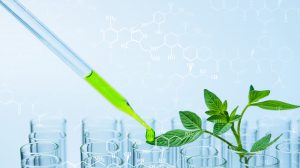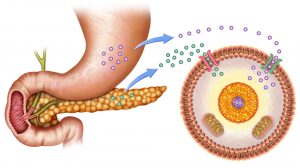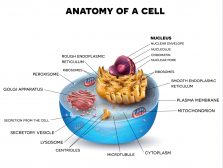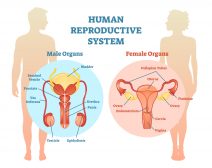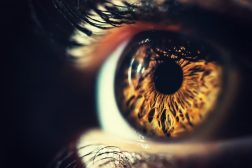Definition
noun
An endonuclease enzyme capable of degrading single-stranded DNA and RNA
Supplement
The nuclease S1 is a reagent in the laboratory that is commonly used in nuclease protection assays. Its specific uses are for removing single stranded tails from DNA molecules in molecular biological studies. It is capable of producing blunt ended molecules. It is also used in S1 nuclease mapping, cleavage of hairpin loops, and the production of unidirectional deletions in DNA fragments (with Exonuclease III).
The S1 nuclease is an endonuclease, which means it is an enzyme that works by augmenting the cleavage of phosphodiester bond in a polynucleatide chain. This enzyme has a molecular weight of 38 kilodalton. Its cofactor is Zn2+ and its optimum pH is between 4 and 4.5. It is a glycoprotein with carbohydrate content of 18%.1
This endonuclease is derived from Aspergillus oryzae, which is a filamentous fungal species. The enzyme derived from it can split the single-stranded DNA and RNA into oligonucleotides and mononucleotides.
Also called:
- EC 3.1.30.1
- endonuclease S1 (Aspergillus),
- single-stranded-nucleate endonuclease
- deoxyribonuclease S1
- S1 nuclease
- Neurospora crassa single-strand specific endonuclease
- single-strand endodeoxyribonuclease
- single-stranded DNA specific endonuclease
- single-strand-specific endodeoxyribonuclease
- single strand-specific DNase
- Aspergillus oryzae S1 nuclease
See also:
Related term(s):
Mentioned in:
Reference(s):
1“S1 Nuclease.” Web. link.

